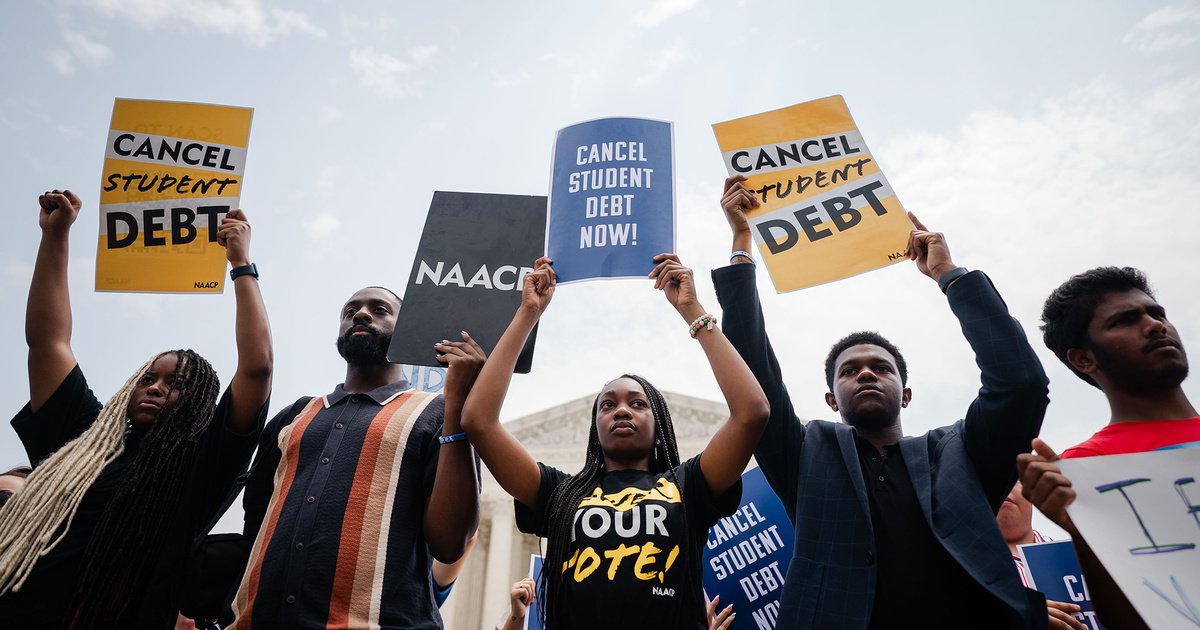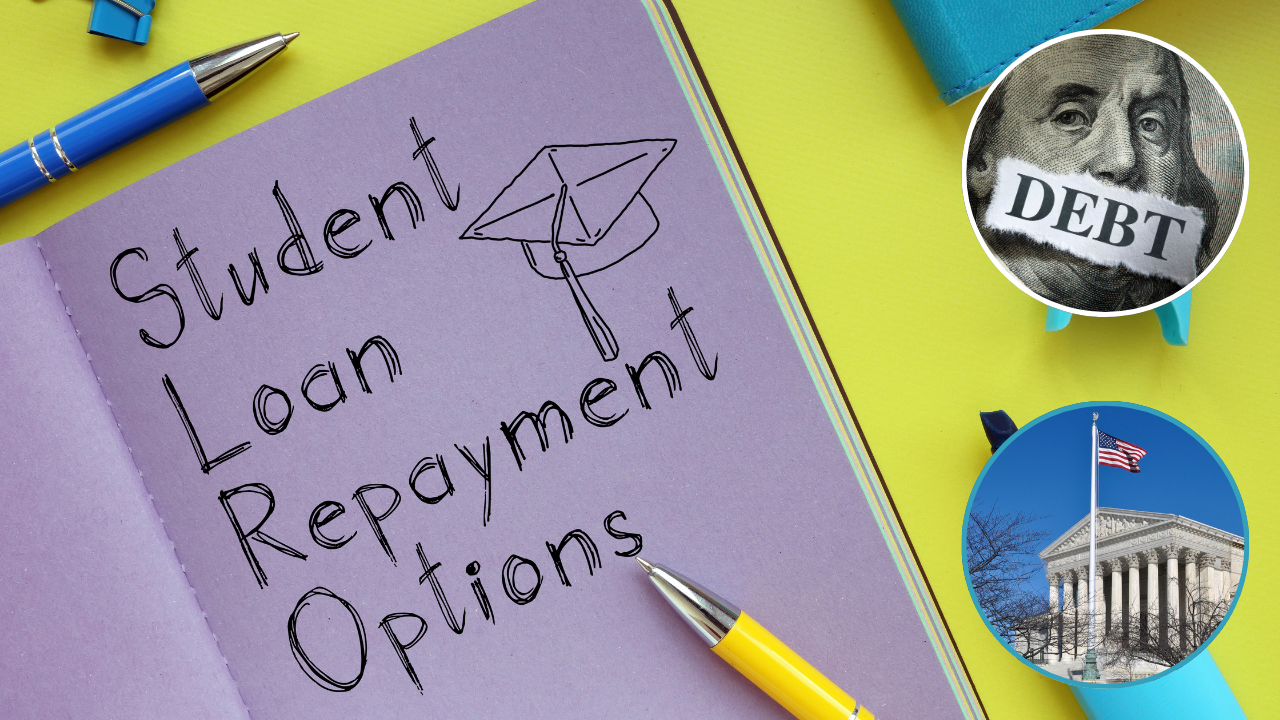Student Loan Forgiveness 2025: Must-Know Hacks Every Borrower Should Act On NOW
The student loan landscape is facing challenges, with legal disputes surrounding debt relief programs and a new administration bringing potential policy changes. Borrowers may feel uncertain about what’s next, but proactive steps can help regain control of their repayment strategy.
Understand Your Loan Balance and Repayment Options
Many borrowers are unaware of the actual amount they owe, especially with unsubsidized loans that accrue interest from disbursement. To avoid surprises, regularly check your loan balance through your servicer’s website or the Federal Student Aid portal under the “My Aid” section.

For those enrolled in the Saving on a Valuable Education (SAVE) Plan, administrative forbearance has temporarily paused payments and interest accumulation. However, with this freeze likely ending soon, now is the time to reassess your budget and prepare for monthly payments to resume. Borrowers unsure about the SAVE Plan’s future should explore other income-driven repayment (IDR) options, such as income-based Repayment (IBR) or Income-Contingent Repayment (ICR). Tools like the Department of Education’s Loan Simulator can help identify the best repayment plan for your financial situation.
Leverage the PSLF Buyback Program
Public Service Loan Forgiveness (PSLF) remains a vital pathway for borrowers in public service roles such as teaching and nursing. The PSLF Buyback Program offers an opportunity to “buy back” missed payments during periods of forbearance, helping borrowers get closer to the 120-payment threshold required for forgiveness. For instance, if you had 115 qualifying payments before entering the SAVE Plan, you could purchase the remaining five months by paying the total missed payment amount. Once approved, borrowers have 90 days to make this payment. This program is particularly advantageous for those nearing forgiveness. While forgiven amounts are federally tax-free through 2025, some states may still impose taxes, so it’s crucial to research local tax implications.
Proactive Strategies for Current Students
If you’re still in college, taking steps now can ease the burden of repayment later. Although loans may be in deferment while you’re in school, interest on unsubsidized loans often continues to accrue. Making small payments on this interest can prevent it from being added to your principal balance after graduation. With federal repayment policies evolving, staying informed and proactive is key to managing student debt effectively. Whether you’re preparing for repayment, considering IDR options, or pursuing loan forgiveness programs, understanding your options will empower you to navigate these challenges with confidence.

By regularly monitoring your loan details, exploring available programs, and planning for future payments, you can minimize financial stress and work toward a debt-free future, even in uncertain times.


Comments are closed, but trackbacks and pingbacks are open.